Comprehensive solutions needed to increase value of fruit trees
The Northern Midlands and Mountainous region is one of Viet Nam’s key fruit production areas, covering nearly 272,000 hectares and accounting for approximately 21% of the country’s total fruit-growing area.
Localities across the region have been actively promoting the application of science and technology while reorganising production in a more structured and specialised manner, laying the foundation for high economic efficiency and sustainable development.
 |
|
Farmers in Xuan Van Commune, Tuyen Quang Province, using traps to control pests in Soi Ha pomelo orchards. |
Over the past 20 years, from 2004 to 2024, the area dedicated to the 10 key fruit crops in the region — lychee, longan, orange, pomelo, banana, mango, custard apple, plum, persimmon, and passion fruit — has increased more than 2.5 times.
Some fruits have seen significant expansion, such as pomelo (up 135%), custard apple (up 100%), orange (up 77%), lychee (up 47.5%), longan (up 50%), and banana (up 50%).
Concentrated commodity fruit-growing zones have taken shape in provinces such as Tuyen Quang, Phu Tho, Son La, Lao Cai, and Lang Son.
As a typical locality in the northern midland and mountainous region for crop restructuring, Son La has become a leading model in applying science and technology to fruit development.
The province has selected and put into mass production many new high-yield, high-quality fruit varieties such as mango, late-season longan, and queen custard apple. It has also promoted advanced techniques such as grafting, cutting propagation, and tissue culture.
Today, more than 300 enterprises and cooperatives in the province are engaged in fruit production, preliminary processing, and processing, with over 500 pre-processing facilities and ten large-scale processing plants operating efficiently.
In May, a forum on agricultural extension, themed “Solutions to Promote the Application of Science and Technology in Fruit Production in the Northern Mountainous Region” was held in Tuyen Quang Province.
Cam Thi Phong, Deputy Director of the provincial Department of Agriculture and Environment, stated that by 2025, the province’s total fruit-growing area is expected to reach 85,050 hectares, with an output of around 510,000 tonnes. More than 4,700 hectares meet VietGAP standards, and five production zones have been certified as high-tech agricultural areas.
So far, 218 planting area codes have been issued, facilitating international market access for Son La’s fruit, which has already reached 15 countries and territories, including demanding markets such as the US, Japan, the Republic of Korea, and the EU.
Fruit production has provided stable incomes for farmers, averaging 150–300 million VND per hectare per year, with many exemplary models reaching 400–500 million VND per hectare per year.
In recent years, many localities in the region have successfully applied advanced technologies such as grafting, bud and branch grafting, and shoot-tip micrografting for citrus trees.
Integrated technologies such as microbiology, nanotechnology, water-saving irrigation, smart farming, and full value chain digitalisation have also been implemented.
The area of fruit production meeting VietGAP, GlobalGAP, circular agriculture, organic, smart farming, and digital standards is expanding, along with the development of planting area codes, geographical indications, and product traceability. Many key fruit products from the region have been recognised as OCOP items, rated from three to five stars.
However, the development of fruit production in the region still faces many challenges, such as small-scale and fragmented farming, sloped terrain that hinders mechanisation and irrigation, and incomplete transportation infrastructure.
Climate change, extreme weather, and increased pests and diseases also severely affect crops, especially lychee, longan, citrus fruits, and passion fruit. Harvesting, preliminary processing, and storage remain limited, resulting in high post-harvest losses. Additionally, there are still few processing facilities, so the issue of “bumper crops, falling prices” persists.
In his speech at the forum, Nguyen Dai Thanh, Deputy Director of the Department of Agriculture and Environment of the former Tuyen Quang Province, noted that the province currently has more than 17,550 hectares of fruit trees, with an annual output of over 200,000 tonnes. Among them, orange and pomelo are the main crops, alongside others such as banana, longan, custard apple, and persimmon.
The province has 2,199 hectares under VietGAP, GlobalGAP, and organic farming standards. However, intensive farming practices are not applied uniformly, and many areas still follow traditional methods, leading to unstable productivity. The proportion of safe production areas remains low.
In the near future, Tuyen Quang will prioritise the renovation of old orchards with new high-quality varieties, the application of advanced farming techniques, and the expansion of VietGAP and organic-certified production areas, while supporting farmers in obtaining planting area codes, building brands, and ensuring product traceability.
The province also encourages investment in preservation, processing, and packaging, while promoting linkages between cooperatives and enterprises to expand consumption markets, particularly high potential markets such as the EU, the UK, and the US.
Phan Huy Thong, Vice Chairman of the Viet Nam Gardening Association, stated that according to the master plan for the development of key fruit trees to 2025, with the goal to 2030, the area of fruit trees nationwide will reach 1.3 million hectares, with an output of more than 16 million tons.
Of which, key fruit trees will account for 1 million hectares, with an output of 13-14 million tons, and export turnover will reach about 6.5 billion USD.
For sustainable development of the fruit-growing areas in the northern midland and mountainous region, a coordinated effort is needed from authorities, businesses, cooperatives, and farmers. Localities must review and adjust zoning plans to suit ecological conditions and invest in transport, irrigation, processing, and storage infrastructure.
Provinces should step up the application of science, technology, and digital transformation across the entire production chain, from cultivation and pest monitoring to automated irrigation, harvesting, storage, and traceability.
Support for the issuance of planting area codes, quality certification, brand development, and market access must also be accelerated. At the same time, farmers should be trained in VietGAP, organic, and ecological farming standards.
 Bắc Ninh
Bắc Ninh
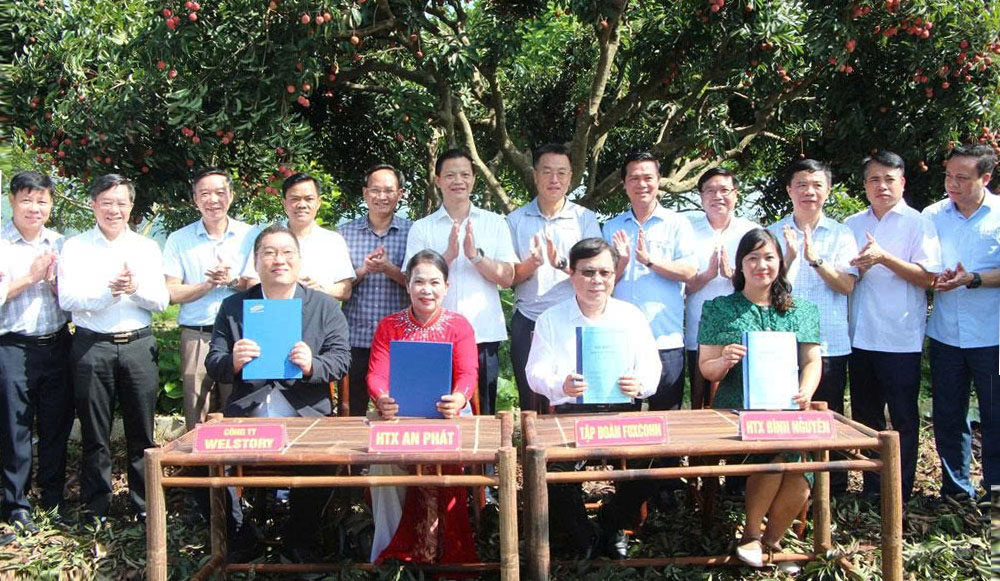
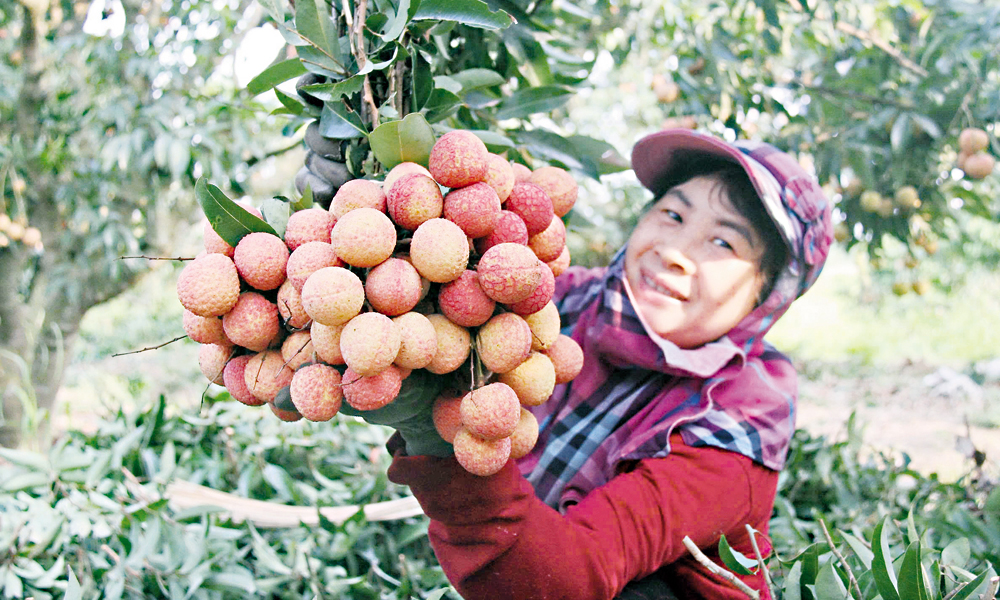
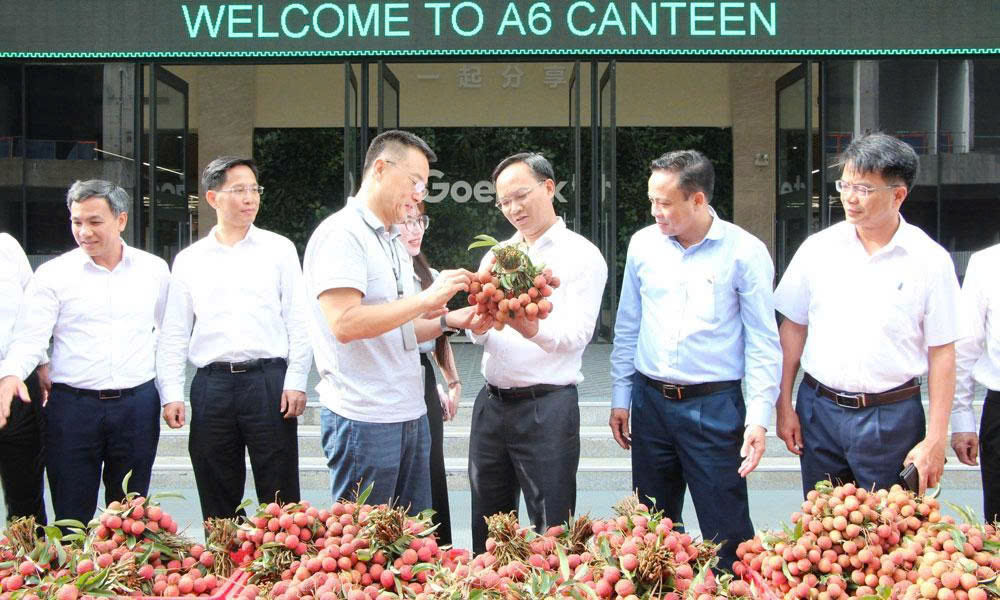
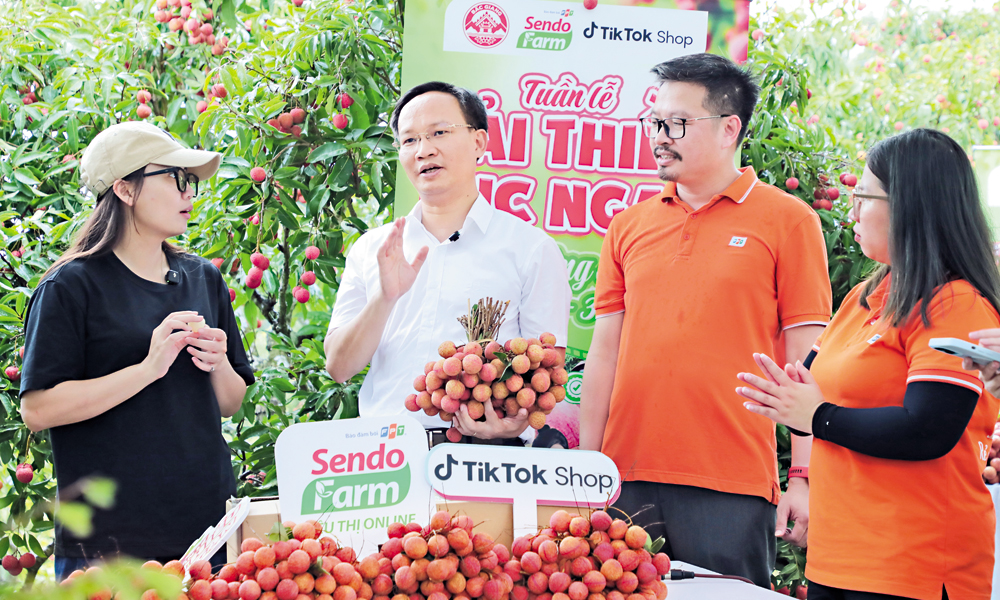


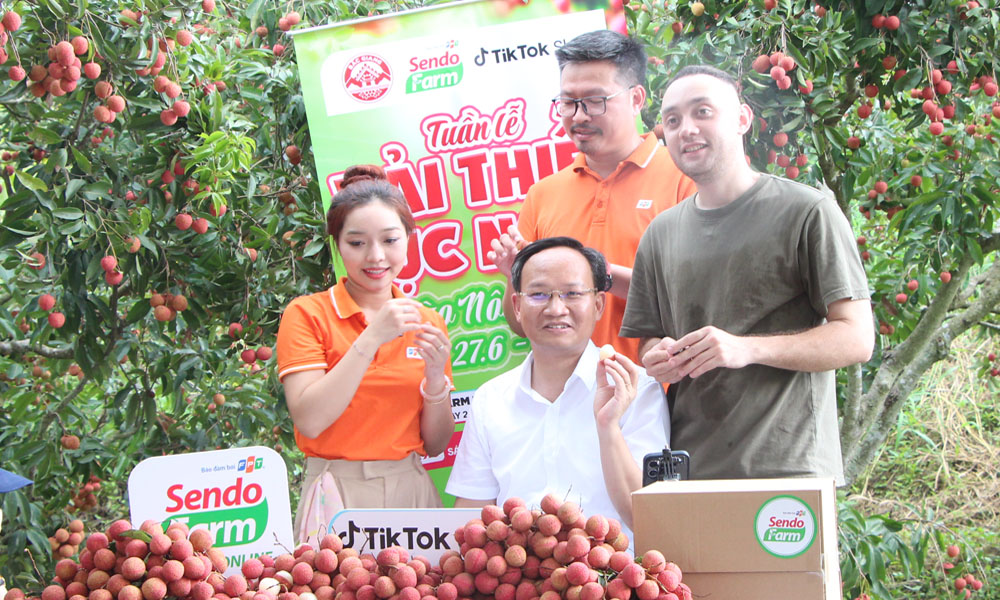


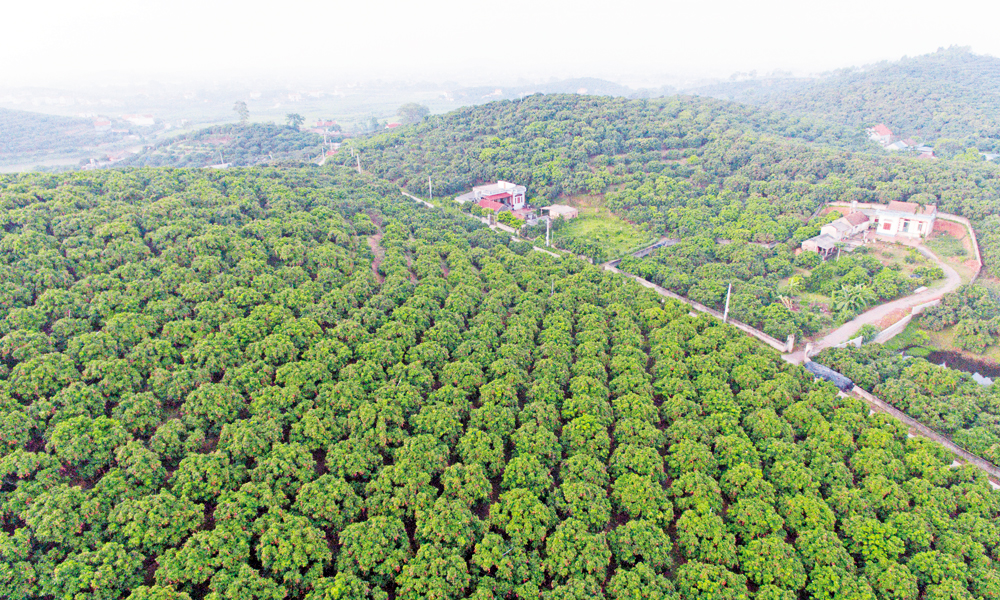
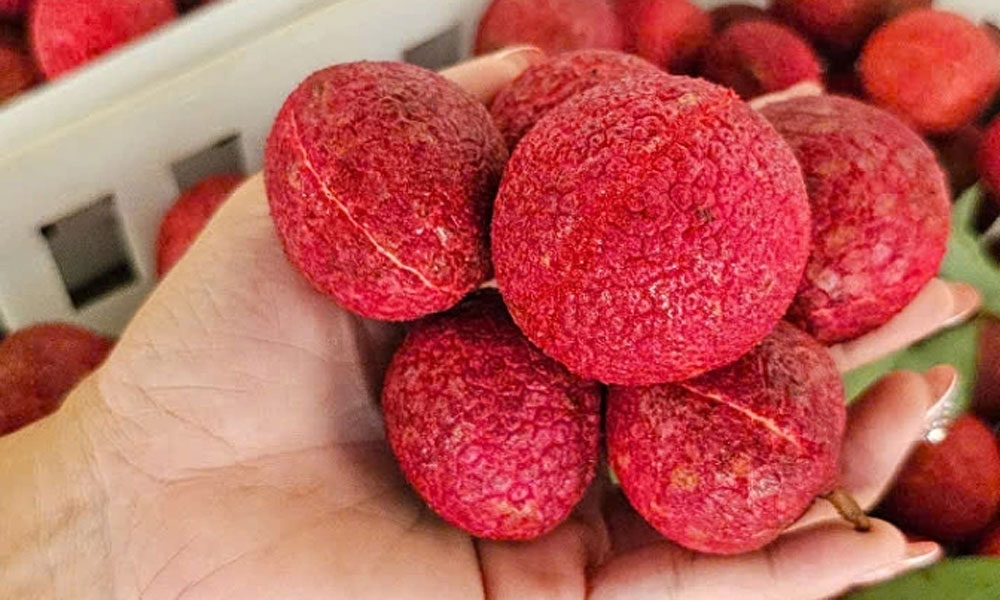
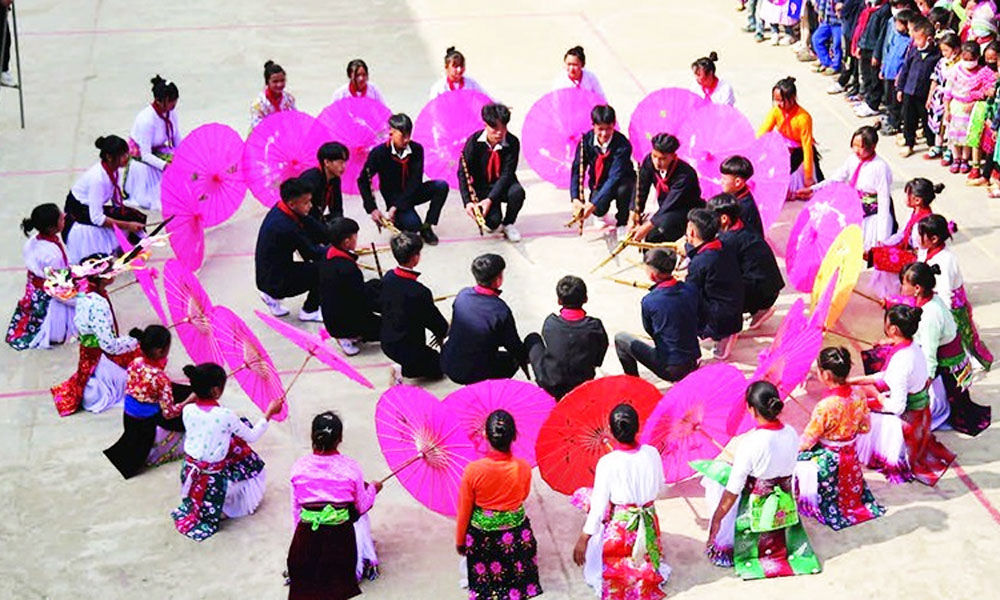

Reader's comments (0)